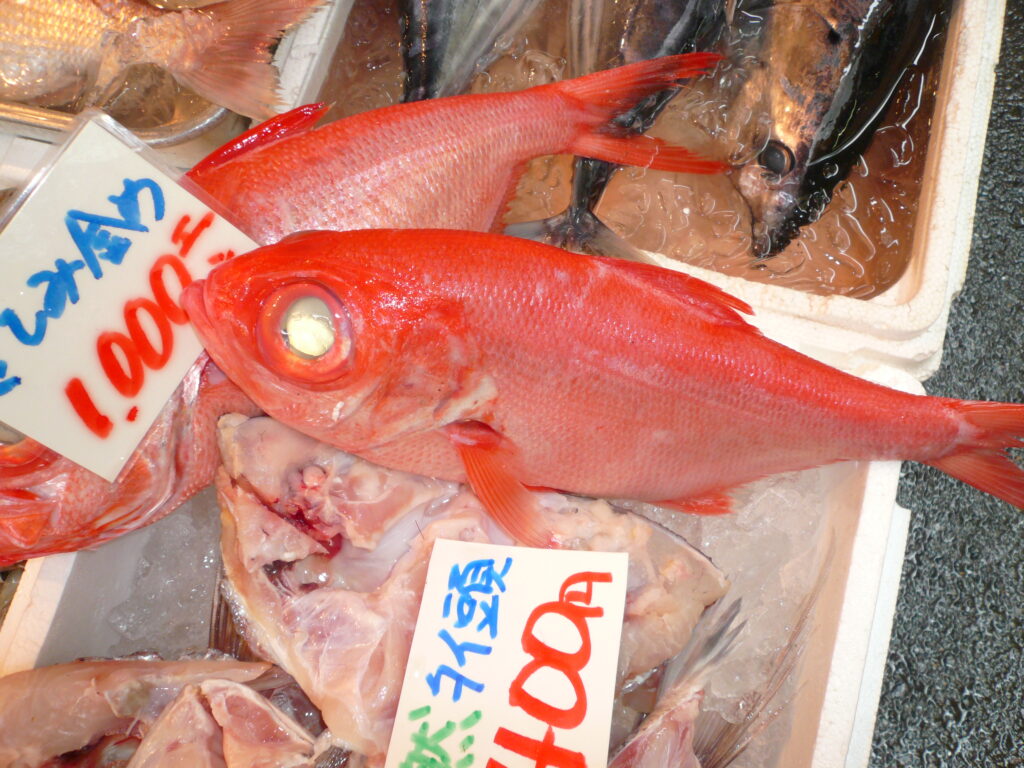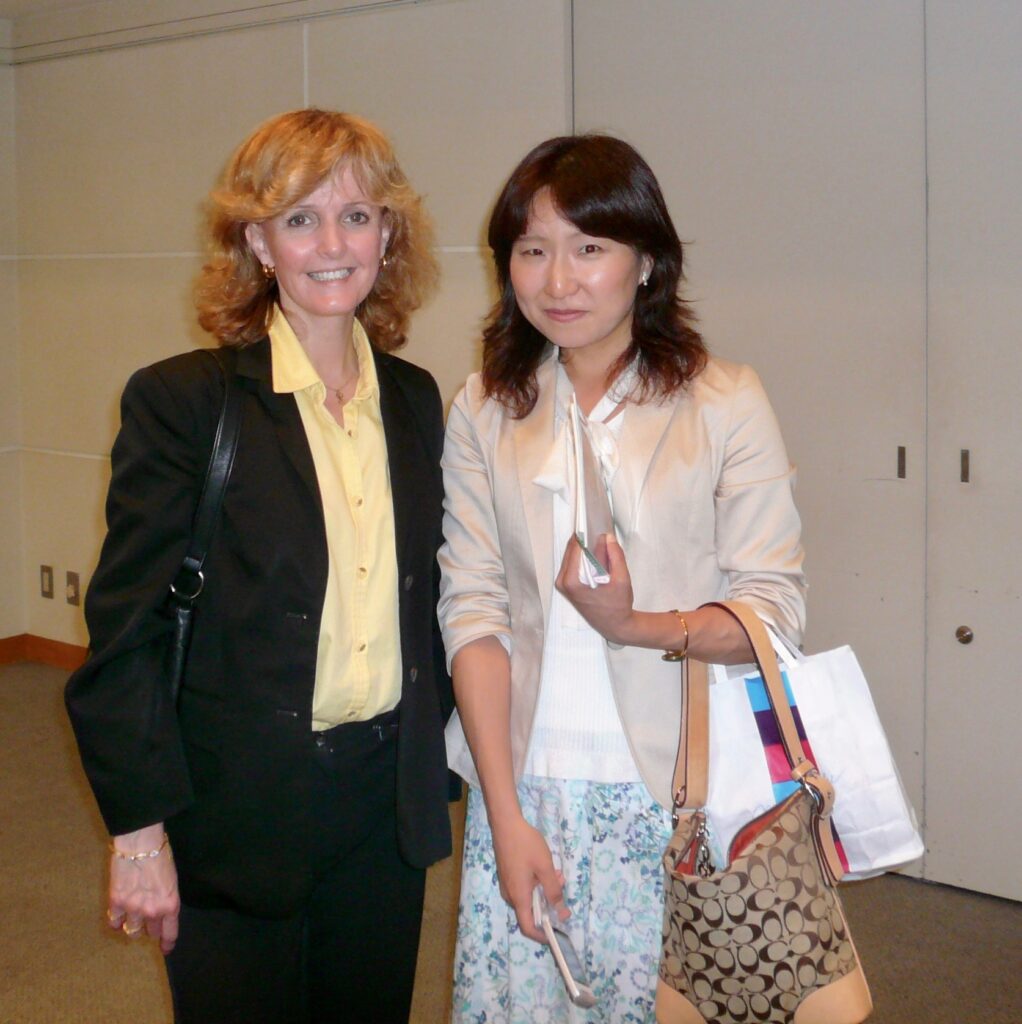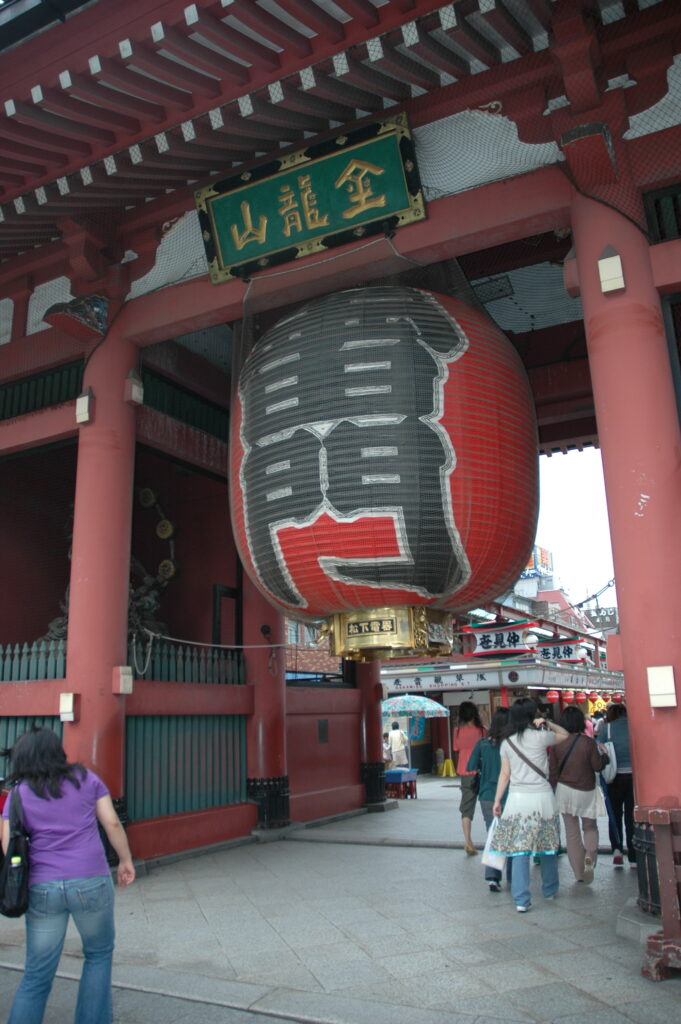Taking Japan to the Next Level
Yuko and I flew into a rainy Tokyo Sunday morning and dashed directly to meet with a group of about 50 patients and family members. I presented the US system of healthcare for hemophilia, including comprehensive care, product choice and the homecare system. Japan has a decentralized healthcare system for hemophilia: there are over 1,000 clinics and hospitals serving 4,000 patients, spread out over the island. Some of these have some components of comprehensive care, while lacking others. It’s not complete comprehensive care the way we know it. A center might have a hematology ward, a physiotherapist, a surgeon, but not a dentist affiliated with the center, nor a psychologist or social worker. There is no home delivery of factor: patients must go to a pharmacy to retrieve it, and are limited in how many vials at a time they can bring home. The national organization is also decentralized, and has numerous chapters. I wondered at their level of communication, however, when I learned that the hemophilia society does not have a national newsletter. This was very surprising: how do you learn about hemophilia? I asked. How do you know what is happening with your national society? With the world organizations? With breaking medical news about hemophilia? No one could really say.
One young man with hemophilia, who happens to be a hematologist, offered an explanation. After the prolonged and heartbreaking fight to win compensation and justice from the Japanese government for the AIDS scandal, families were weary, broken. They went home and stayed home, recuperating emotionally, not asking for things like comprehensive care or a newsletter. Progress on the national hemophilia society plateaued. He then passionately added he thought it was time patients start becoming active again and set goals for their society.
I reflected that Japan is one of the most industrialized nations on earth: I asked the audience, why not think about complete comprehensive centers? A national newsletter? Some books on hemophilia? Maybe even homecare delivery? These were questions that prompted discussions and nodding heads.
The mood of the audience seemed lifted and inspired: I think they want to start meeting again as families, sharing stories, and reassessing their priorities. Home delivery seemed high on the list! This would be a breakthrough for hemophilia care.
Before I left the families, I happily met Hitoshi Kawano, father of a man with hemophilia, and Shinji Abe, whose young son Taiga has hemophilia. Both fathers had contacted me years before, and we had shipped books to them. I had stayed in regular contact with Hitoshi and his wife Yuko. Hitoshi and Yuko had translated my book “Joshua” and printed it in color; it is the only book in Japanese about hemohilia for children. He is also planning to have the other two books in the series printed and available. We were so happy to meet in person!
On Monday Yuko and I had a little time off before I headed to the airport. She took me to Tsukiji, the world’s largest fish market, where millions of fish were laid out for selection: red snapper, grouper, eel, crab, squid, scallops, sardines, and tons of tuna! All of it fresh, odorless, glistening under the lights. (Did I forget to mention that I ate raw octopus? It was… different!) Next we paid our respects at a Shinto shrine, to see the colorful lamplights, prayer paddles, and various plaques on which there were prayers to the fish who gave their lives for us. Our last visit was through Thunder Gate to Sensoji, the oldest Buddhist temple in Tokyo, which was beautiful. By then a downpour threatened to ruin our cameras and gift bags so we hightailed it to the airport, after a final delicious Japanese meal. The food in Japan is out of this world, in flavor, presentation and health value.
Japan is a gorgeous country, clean, efficient, with polite, intelligent, gracious people. It has a fascinating history, and good health care. But I sense that it could even do more to improve its hemophilia care, given its vast resources. Recent and reliable data show that Japanese patients wait on average 12 hours after the onset of a bleed to infuse–and this is much too late. Patient groups are splintered. National unity among patients, and the patients’ own empowerment level seems weak. At least one young leader seems motivated now to address these issues.
Thanks to Novo Nordisk for sponsoring this trip, for allowing me to share our system of hemophilia healthcare with audiences of both Japanese doctors and nurses, and patients. This is the way all countries grow and learn, from each other. Sayonara!
See photos from the entire trip here.




